 The Solar System
The Solar System
The Sun is the star that makes life on Earth possible. Our planet and other heavenly bodies revolve around it making up the Solar System.
WHAT IS THE SOLAR SYSTEM?
In addition to the Sun, the Solar System consists of the heavenly bodies revolving around it: eight planets, dwarf planets, satellites, asteroids, comets, meteoroids, and interplanetary gas.
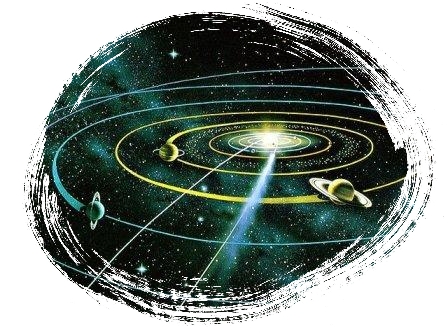
Until August 24th, 2006, there were nine planets in the Solar System: Mercury, Venus, Earth, Mars, Jupiter, Saturn, Uranus, Neptune, and Pluto. On that date, the International Astronomy Union redefined the term ‘planet’ and created two other categories of bodies within the Solar System: dwarf planets and small solar system bodies. Pluto was reclassified as a dwarf planet. Small solar system bodies are objects in the Solar System that are neither planets nor dwarf planets, nor satellites.
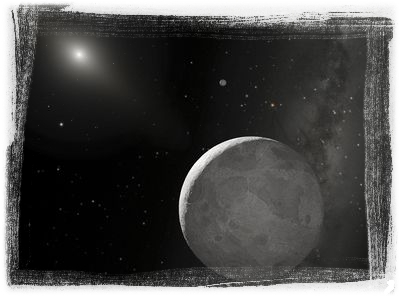
PLANETS AND THEIR ORBITS
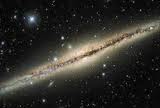 Starting with the ones closest to the Sun, the eight planets of the Solar System currently known are: Mercury, Venus, Earth, Mars, Jupiter, Saturn, Uranus, and Neptune. The four planets that orbit closest to the Sun – Mercury, Venus, Earth, and Mars– are called inner planets. They are small, compact and have a rocky surface.
Starting with the ones closest to the Sun, the eight planets of the Solar System currently known are: Mercury, Venus, Earth, Mars, Jupiter, Saturn, Uranus, and Neptune. The four planets that orbit closest to the Sun – Mercury, Venus, Earth, and Mars– are called inner planets. They are small, compact and have a rocky surface.
The other four planets – Jupiter, Saturn, Uranus, and Neptune– are called outer planets. They are larger than the inner planets and are mostly gaseous.
Mercury and Venus are the only planets with no satellites, that is, smaller bodies orbiting them. The Earth has only one: the Moon; and Mars has two: Phobos and Deimos. Other planets have many more, such as Jupiter, which has more than 60 satellites discovered so far.
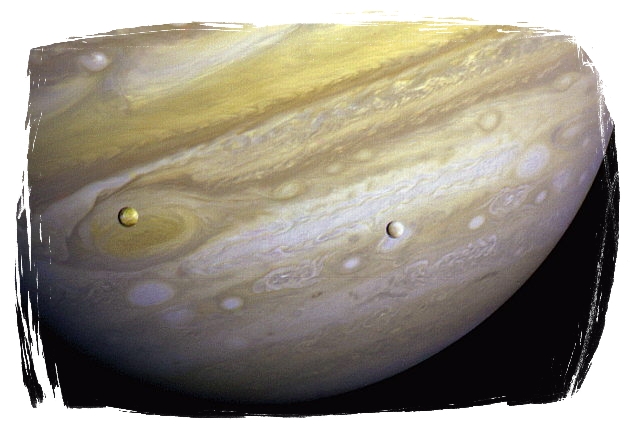
Due to the force of attraction of the Sun over planets, they move in elliptical orbits around it in a counterclockwise direction. The farther a planet is from the Sun, the longer it takes to complete its orbit.
While Mercury takes 88 days to complete an orbit, the Earth takes 365 days (1 year), and Neptune, the outermost planet, takes almost 165 years to do so.
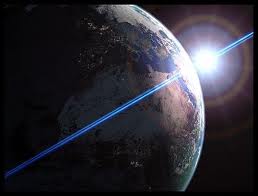 All the orbits are in the same plane, as if they were lying on a table. For that reason, the Solar System is shaped like a giant disk.
All the orbits are in the same plane, as if they were lying on a table. For that reason, the Solar System is shaped like a giant disk.
Planets not only revolve around the Sun (orbit), they also move around their own axis (rotation) in a counterclockwise direction, excluding Venus, which moves clockwise.
DWARF PLANETS
Pluto is a dwarf planet that takes almost 248 years to complete its orbit around the Sun. The other two dwarf planets in the Solar System currently identified are Eris (formerly known as Xena) and Ceres.
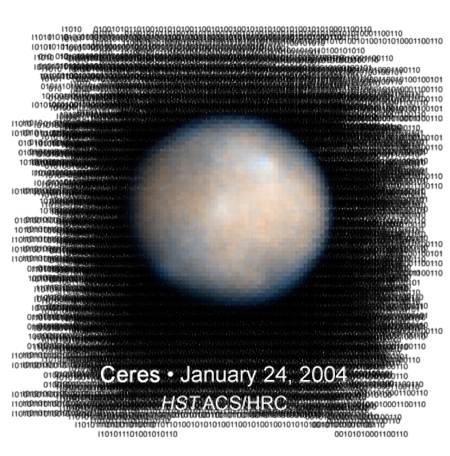
Eris is quite larger than Pluto and was discovered in July 2005 in the Kuiper belt which is a ring of rocky bodies that revolve around the Sun beyond Neptune. Ceres, the smallest of the three, revolves around the Sun between the orbits of Mars and Jupiter.
SMALL SOLAR SYSTEM BODIES
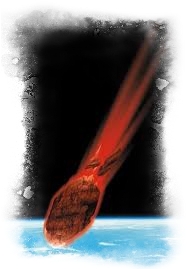 This category of bodies includes most asteroids, comets, and meteoroids.
This category of bodies includes most asteroids, comets, and meteoroids.
Asteroids are small rocky bodies that orbit the Sun, mainly between Mars and Jupiter, in a strip known as the asteroid belt.
A group of asteroids named Trojans revolve around Jupiter trapped by its force of gravity.
It is believed that an enormous asteroid struck the Earth 65 million years ago causing great fires. The smoke produced blocked out sunlight and, as a result, many plants and dinosaurs that fed on them died.
Comets are balls of ice and dust that seem to have a long tail. It is precisely the dust cloud that produces this effect when the comet is close to the Sun. The path of comets is much more open than that of planets; therefore, they are not close to the Sun for very long.
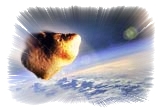 Meteoroids are solid bodies that orbit the Sun. If the path of a meteoroid enters the Earth’s atmosphere, the meteoroid burns and becomes a meteor, or what we call a shooting star. Some break up into smaller pieces and fall to the Earth; when this happens they are called meteorites.
Meteoroids are solid bodies that orbit the Sun. If the path of a meteoroid enters the Earth’s atmosphere, the meteoroid burns and becomes a meteor, or what we call a shooting star. Some break up into smaller pieces and fall to the Earth; when this happens they are called meteorites.
Although most meteorites are the size of a grain of sand, some may be large enough to weigh hundreds of tons.
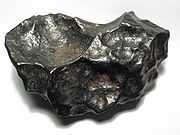

 Links
Links